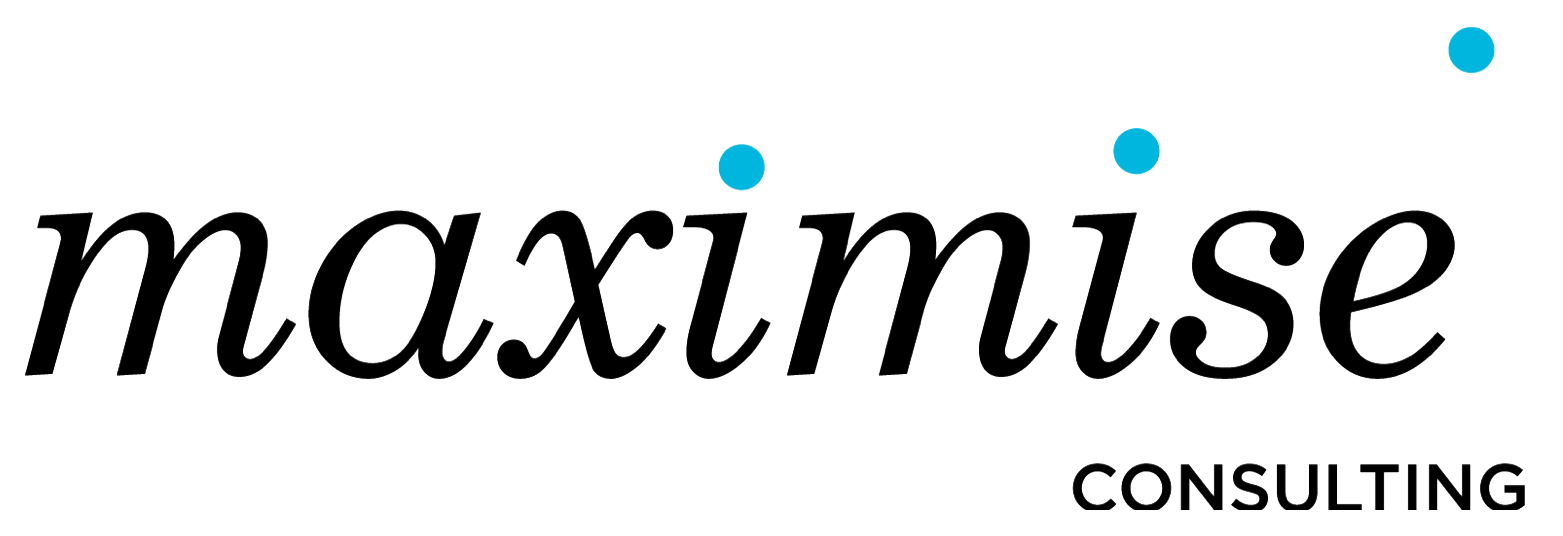Leadership effectiveness: role clarity improves collaboration
Key challenge
In a competitive funding environment, the human resource function of a leading not-for-profit organisation required assistance to better align its internal service delivery and resourcing model in support of a diverse workforce. It also required improved role clarity and better utilisation of human resource capability.
The solution
Maximise provided a series of facilitated role dialogue sessions with business unit leaders to establish greater clarity on their own roles and those roles they depended upon for shared outcomes. A key feature was the use of collaborative peer-peer reflection and organisational role analysis.
Participants took turns to publicly explore their work role experiences, decision-making boundaries, role purpose and accountability in shaping every day action and attention. This was applied to specific role challenges and areas of concern. Participants were also supported to assist each other in gaining collective insight about their immediate role challenge, including development of root cause connections. Individuals were encouraged to apply emerging insights through a process of action-reflection between sessions to test and ground these in the workplace.
Outcomes
Participating managers reported significant insights into their understanding of role, formally assigned accountabilities, blind spots, and awareness of habitual ways of working. The structured process enabled them to re-frame the focus of their work, explicitly aligned to achieving outcomes through the collaboration with others. They also reported significant improvements in the effectiveness of their management team in jointly taking up authority for team goals, improved working relationships, more effective decision-making and enhanced reputation with internal clients.
Summary
Role clarity and alignment is key to high performance teamwork and execution of strategy. Leaders at all levels across all work functions benefit from periodically taking timeout to review roles and enhance intra-team and cross functional cooperation. This is particularly important in fast-paced and dynamic organisations where restructure, evolving role requirements, and change is prevalent.
